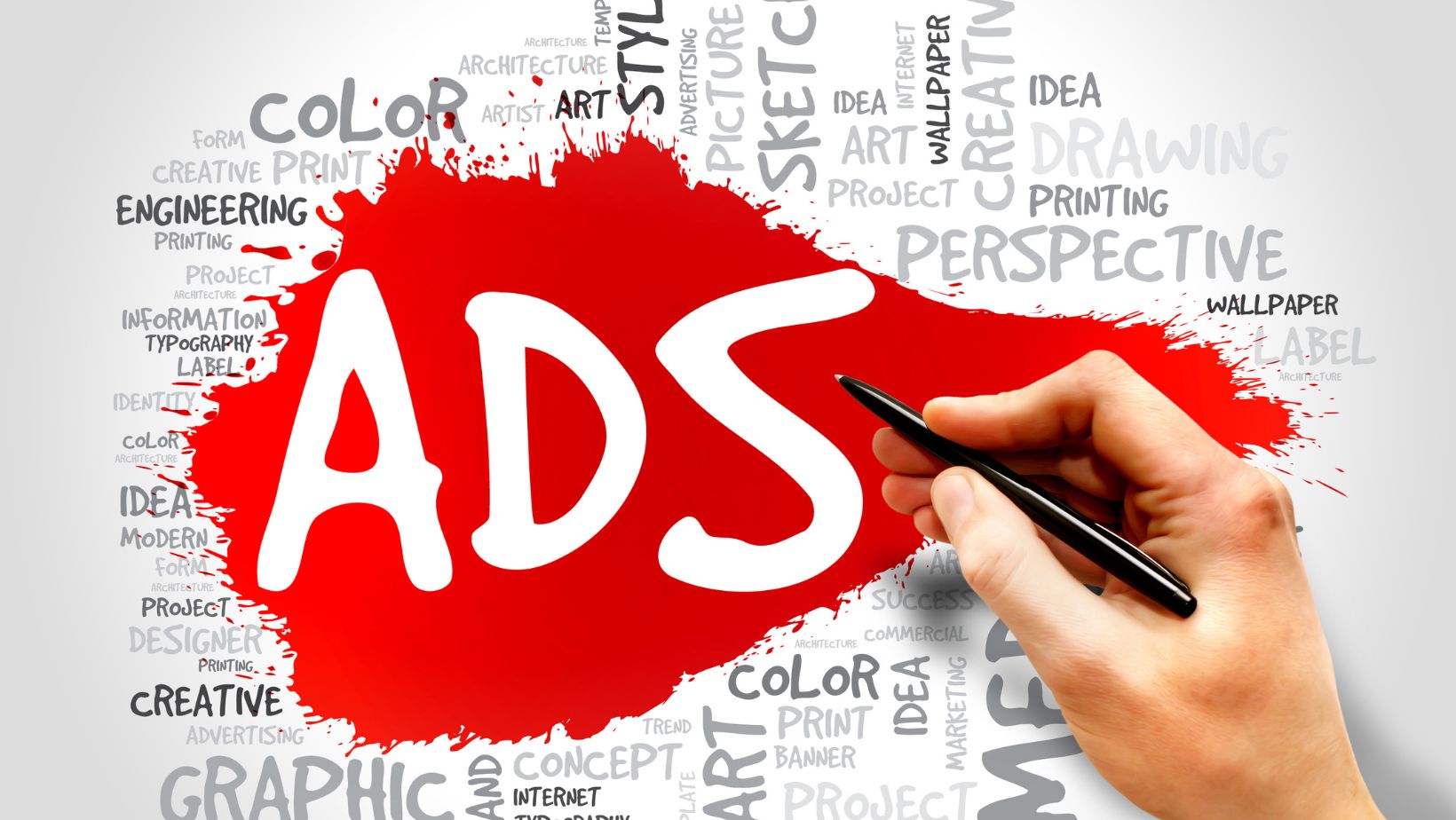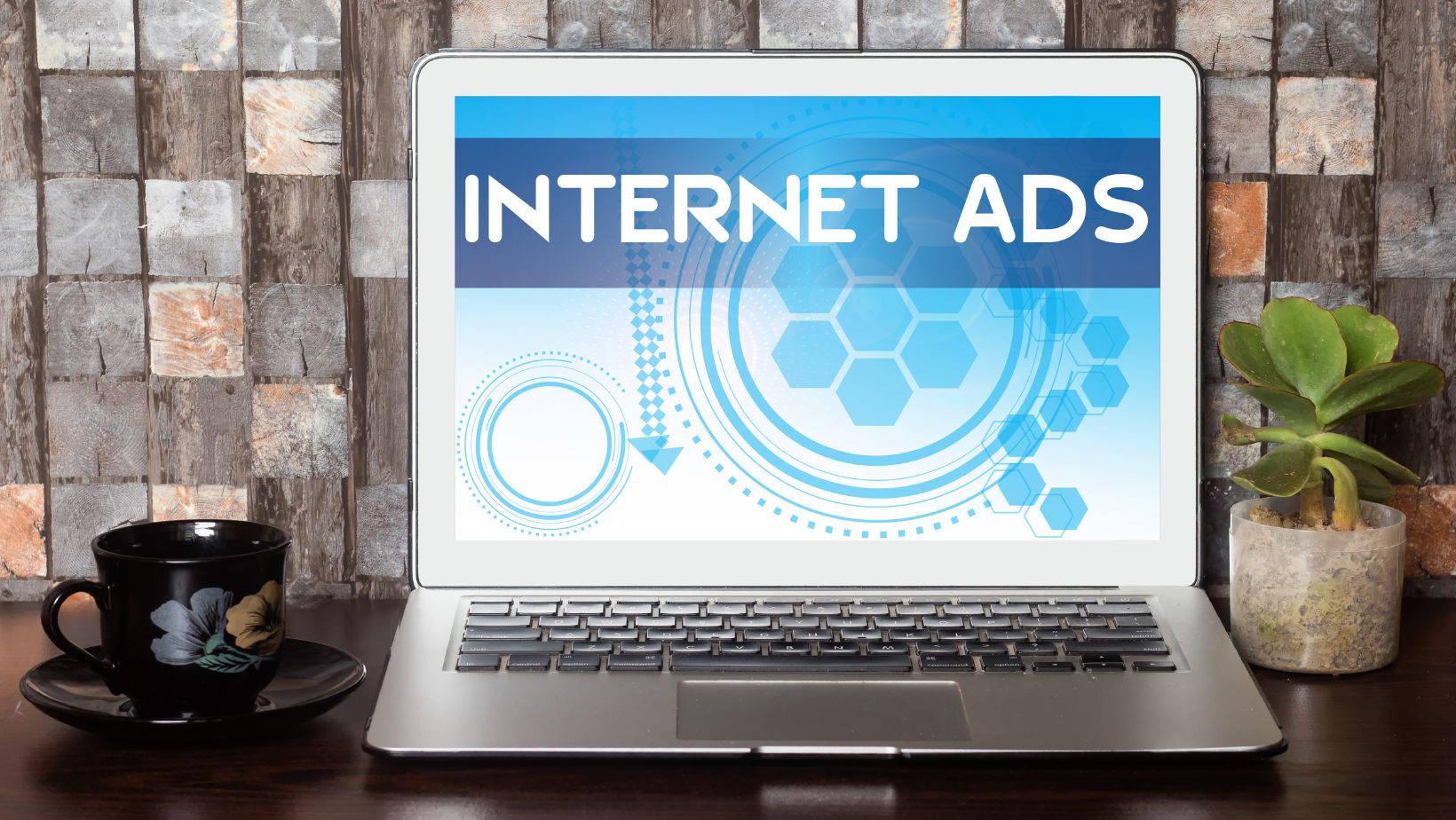
When it comes to the success of any business, there’s no denying the importance of marketing. No matter the business type or industry, some form of marketing will always be required to keep the business growing. However, marketing is becoming more challenging in this competitive digital age. There are new techniques and algorithms to learn, and fraudsters are looming around every corner. Understanding the importance of ad verification and the role that location-specific tools like a US proxy play is crucial.
What is Ad Verification?
Ad verification is the process whereby marketers or agencies determine whether their digital ads are displayed correctly and work how they’re supposed to. Businesses spend large amounts of money on their digital ads. In 2023, digital ad spending reached $601.84 billion in 2023. This shows an increase of 9.5% from the previous year.
With so much money on the line, it’s no wonder that businesses want to ensure their ads do well and generate revenue. In order to pursue these goals, companies are willing to invest in advertising firms and various marketing tools to increase the effectiveness of their campaigns.
However, many businesses have yet to realize the importance of ad verification for improving their ads. Not only is ad verification essential to ensure your ads look right, but it’s also crucial to prevent your business from becoming the victim of ad fraud.
What is Ad Fraud?
Ad fraud is an umbrella term given to any process used to defraud digital display ads. Many businesses utilize digital display ads as part of their marketing strategy. These ads provide an opportunity to reach new clients and markets and increase brand awareness.
Fraudsters use the popularity of these marketing techniques and the fact that few businesses are aware of the dangers to benefit financially. There are several different tactics they use, running from simplistic to more sophisticated. However, at the end of the day, they all have the same result: draining a company’s ad spend budget with no return on the investment. It’s estimated that by 2028, $172 billion will be wasted on ad spend due to fraud.
Types of Ad Fraud
As mentioned, there are many different types of ad fraud. Some of these techniques are as simple as simulating clicks on an ad, whereas others become much more intricate. Let’s look at the three main types and how they work.
Fake Accounts and Ad Bots
Some fraudsters like using fake accounts or ad bots to simulate ad interactions. If the ad is on a restricted site that requires a login, fraudsters will create multiple accounts on that platform. Then, they’ll simulate interactions such as clicks or impressions on the ad to drain the ad spend.

However, they’ll never actually make a purchase. This means the company pays for each click but won’t get a return on the investment. Similarly, some fraudsters prefer to use ad bots. In this case, the bots will be programmed to interact automatically with the ad until a certain point is reached.
Some examples of this type of ad fraud include:
- Click fraud
- Click injection
- Click farms
Simulated Traffic
Fraudsters would often alter the statistics of the website in order to make it seem like it performs better than it does. In this case, the marketer thinks they’re paying a premium price for an ad on a website with a certain amount of traffic. However, since the statistics are altered, the ad won’t perform as well as expected or even good enough to justify the amount paid to display the ad.
Some examples of this type of ad fraud include:
- Geo masking
- Domain spoofing
- CTV fraud
- Device spoofing
Impression Laundering
Impression laundering is a process that fraudsters use where the ad is placed in such a way that it’s there but not visible. Fraudsters use clever ways to hide the ads away from view.

Sometimes, they would stack multiple ads on top of each other so that only the top one is visible, yet all of the ads in the stack still earn impressions. In other cases, they hide the ad in a pixel-by-pixel size so it’s invisible to the human eye.
Some examples of this type of ad fraud include:
- Pixel stuffing
- Ad stacking
How to Verify Ads
Ad verification is still quite a tricky business. Even ad verification tools aren’t reliable enough yet and can often be tricked by geo-restrictions, IP bans, and more. However, a residential proxy is one of the best ways to help verify your ads. With a US proxy, you have access to a large pool of local IPs that you can use to check your ads and ensure they display correctly. You can monitor and evaluate your ads and protect them from fraudulent activity.
Aside from checking your ads using the IP provided by your US proxy, you can also pair it with additional ad verification tools for more functionality. Once paired, the tools will be given a US IP address, which makes it look like a real user accessing the site. This will keep fraudsters from detecting and blocking your IP to avoid discovery.
Also, using a US proxy for ad verification isn’t a complex process. Even individuals who are unfamiliar with proxies will find it easy enough to set up and start using. As such, unfamiliarity with these types of tools shouldn’t be the reason why they aren’t used to verify ads.
The steps to use your proxies to verify your ads can be summarized as such:
- Activate your proxy and get access to a US IP.
- Using the new IP, check your ads on the sites you placed them on.
- Make sure the ad looks and acts the way you intend.
- Optionally, pair your proxy with additional verification tools and run them.
Final Thoughts
Ad verification is an important step in ensuring your digital ads perform how you intended and also provides a way to ensure you don’t become a victim of ad fraud. The simple use of a US proxy empowers ad verification. Not only won’t you get blocked when checking your ads, but you can also use additional ad verification tools without them getting blocked.















